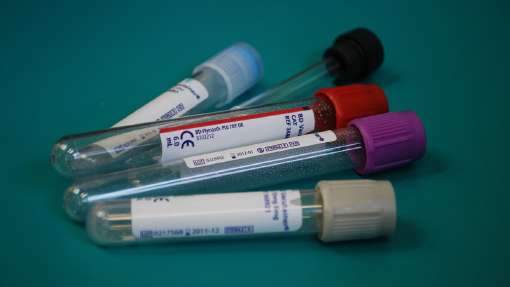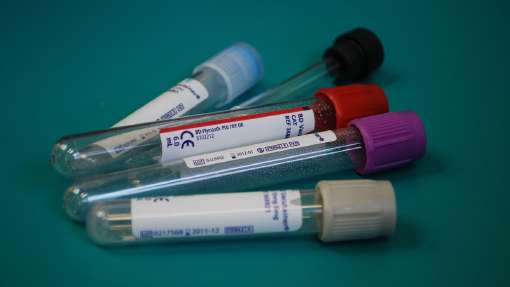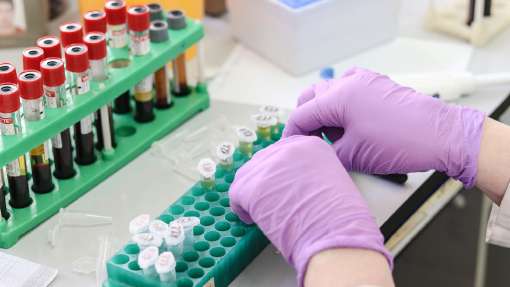OpenPathology blog posts

OpenPathology
This is the code related to our OpenPathology project. Specifically this repo stores ad-hoc analyses, papers, and related research. The code for the website (and online tool, when developed) are in their own repository.
Read more about OpenPathology →
Bennett Institute – What We Did Last Year!
Most people share their end of year roundup during late December when everyone is too full of cake to read. Now you’re back in the saddle, here’s our roundup of everything the Bennett Institute threw out into the world over the previous 12 months! OpenPrescribing OpenPrescribing.net went from strength to strength, with over 135,000 unique users last year. We now have over 80 measures of prescribing safety, efficacy and cost-effectiveness and have been working on new types of measures and alerts to identify “outlier” prescribing, such as with zuclopenthixol.
Read more about Bennett Institute – What We Did Last Year! →
OpenPathology: Issues with reference ranges — Part 3
This is the third instalment in our series of commentaries on using reference ranges to interpret pathology test results. Reference ranges vary between labs Classically, the reference range is defined statistically: it is the interval within which 95% of the values of a healthy reference population fall into. Therefore 2.5% of the time, healthy people will have (for example) haemoglobin concentrations less than the lower limit, and 2.5% of the time it will be over the upper limit.
Read more about OpenPathology: Issues with reference ranges — Part 3 →
OpenPathology: Issues with reference ranges — Part 2
This is the second installment in our series of commentaries on reference ranges used to interpret pathology test results. Here we describe two issues relating to how meaningful reference ranges are. Reference ranges are usually indicators of statistical outliers in a healthy reference population The most common type of reference range is defined as the interval between which 95% of the values of a healthy reference population fall into. In other words, 2.
Read more about OpenPathology: Issues with reference ranges — Part 2 →
OpenPathology: Issues with reference ranges — Part 1
As the OpenPathology project has progressed, we have started to build measures to describe variation between practices, and groups of practices. While comparing rates of requests per head of population can be used as a simple measure of possible over- or under-use of tests compared to other practices, it doesn’t take into account the general health needs of the population, so it can be difficult to rule out warranted variation. Therefore, comparing variation in rates of abnormal results is another useful measure to consider.
Read more about OpenPathology: Issues with reference ranges — Part 1 →
OpenPathology: fake seasonality in potassium results — dangerous and avoidable
In our initial analyses of pathology data from the South West for our OpenPathology.net project, there is a pronounced (sometimes extreme) increase in high potassium results during the winter months, and a corresponding increase in low-potassium results in summer: What’s causing it? The level of potassium in plasma within a blood sample is affected by temperature. Potassium can move into and out of blood cells during storage: in cooler temperatures, potassium diffuses out of cells into plasma, leading to the reading being artefactually higher, while in higher temperatures an enzyme works to pump potassium into the cells.
Read more about OpenPathology: fake seasonality in potassium results — dangerous and avoidable →
OpenPathology: Seasonality in Haemoglobin test results
In our initial analyses of pathology data from the South West for our OpenPathology.net project, we have noticed subtle but consistent variation in haemoglobin test results throughout the year. Haemoglobin (Hb) levels falling below certain threshold values typically give a diagnosis of anaemia. In the following regional sample we see that the mean Hb concentration across both males and females differs by 2-3 g/l between the summer low and the winter peak:
Read more about OpenPathology: Seasonality in Haemoglobin test results →
OpenPathology: getting population sizes right
At OpenPathology, we’ve already found interesting variation in test request rates between practices, but we’d also like to compare whole laboratories. The number of tests per patient is an important measure for understanding variation in test requesting across the country. For example, the Getting It Right First Time (GIRFT) initiative uses this measurement to shine a light on clinically important variation and promote improvements in cost-effective care. For GIRFT, laboratories in England were asked to provide an estimate of their primary care populations.
Read more about OpenPathology: getting population sizes right →
Validating pathology data against known shifts in clinical practice
OpenPathology is our project exploring and feeding back to clinicians on their test requesting rates. Having established that patient counts are subject to some inaccuracy in existing analyses (see our previous blog), it’s important to sense check the accuracy of our own list size data. Because two members of our OpenPathology team are also clinicians in North Devon, we have the opportunity to compare our data with known changes in practice.
Read more about Validating pathology data against known shifts in clinical practice →
Examining variation in test request rates
We are excited to reveal some of the data for our new OpenPathology.net project. Similar to our previous project for NHS prescribing data openprescribing.net, we are developing free, open dashboards for analysing NHS pathology data. So far we have data from two laboratories (North Devon and Cornwall), and have started to analyse it. What have we found so far? Lots. This blog post is one in a series highlighting some initial insights we have noted.
Read more about Examining variation in test request rates →
2018 Round-Up
In our third full year of existence we produced even more exciting outputs and continued to grow. We welcomed Lydia Berry, back from maternity leave; Dave Evans, Consultant Programmer, who joined the OpenPrescribing technical team; and Brian MacKenna, an Honorary Research Fellow Pharmacist and member of the NHS England Medicines and Diagnostics Policy Unit. We also welcomed Darren Smyth, a UK and European Patent Attorney - our work so far includes our pregabalin papers (here and here), and he has also contributed to our EUCTR work.
Read more about 2018 Round-Up →
